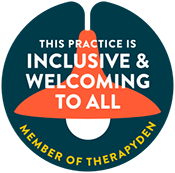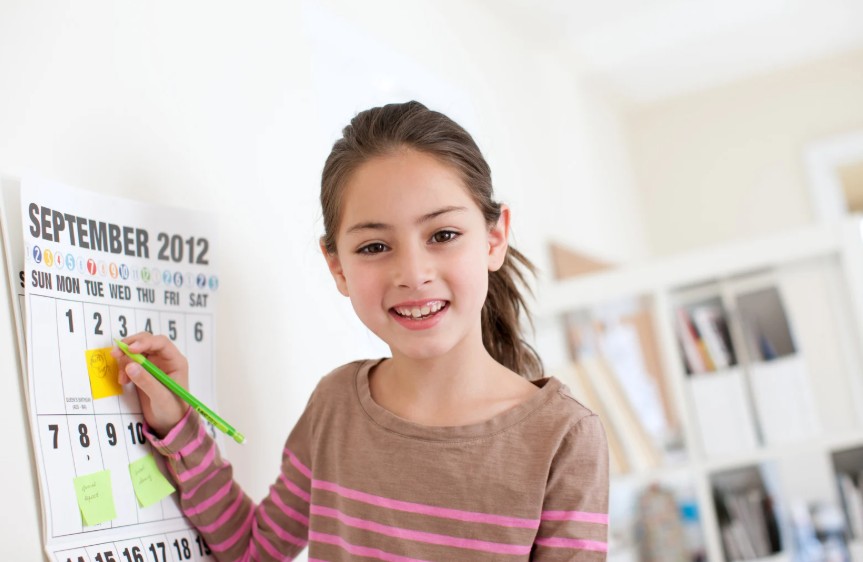Academic pressure is a growing concern for parents, as children face high expectations from schools, peers, and even themselves. Building resilience—the ability to adapt and thrive despite setbacks—is crucial for children to navigate these demands without sacrificing mental health. Grounded in psychological research, this blog offers parents practical, empathic ways to foster resilience in their children.
Nature and Mental Health: How to Ground Yourself Outside

As a psychotherapist, I often remind clients: healing doesn’t only happen on the couch—it can begin right outside your door.
Nature offers a rhythm that calms our nervous systems and brings us back to the present.
When anxiety surges or your thoughts race, step outside. Feel your feet on the earth. Name five things you see. Inhale deeply and exhale longer. Let the breeze, the warmth of the sun, or the song of a robin anchor you.
Grounding in nature isn’t about fixing everything—it’s about finding a moment of steadiness.
Research supports what our bodies already know: time outside lowers cortisol, improves mood, and restores perspective. Even a short walk or sitting quietly by a tree can offer immense relief.
You don’t have to climb mountains. Just start where you are. Let the natural world remind you—you’re part of something steady, alive, and beautifully resilient.
If you’re feeling overwhelmed by stress or anxiety and are seeking tools to feel more grounded, Orchard Mental Health is here to support you. Our licensed therapists offer personalized strategies—including mindfulness—to help you manage life’s challenges more effectively.
Learn more about our child & adult psychotherapy services today. You can also reach us at 240-624-6428 for more information.
Follow us for more wellness content!
More Blog Posts
In crisis or need immediate help?
Call 988 or go to your nearest ER.
Services
Adolescent Psychotherapy
Adult Psychotherapy
Assessments & Evaluation
Child Psychotherapy
Cognitive Behavioral Therapy
Couples Therapy
Family Therapy & Parent Coaching
Genetic Testing
Group Therapy
Medication Management
Play Therapy
Single-Session Therapy
Teletherapy
Orchard Mental Health Group
Accepted Insurance*
Aetna
Carefirst / Blue Cross Blue Shield
Cigna
Humana / Tricare
Johns Hopkins Health Plans
Medicaid
Medicare
Optum / UnitedHealthcare
*Varies by service
Partner Resources
Contact Us
M-F, 9am-5pm Eastern Time
Phone: 240-750-6467
Fax: 240-912-7835
contact@orchardmentalhealth.com
9707 Key West Avenue, Suite #100 Rockville, MD 20850







